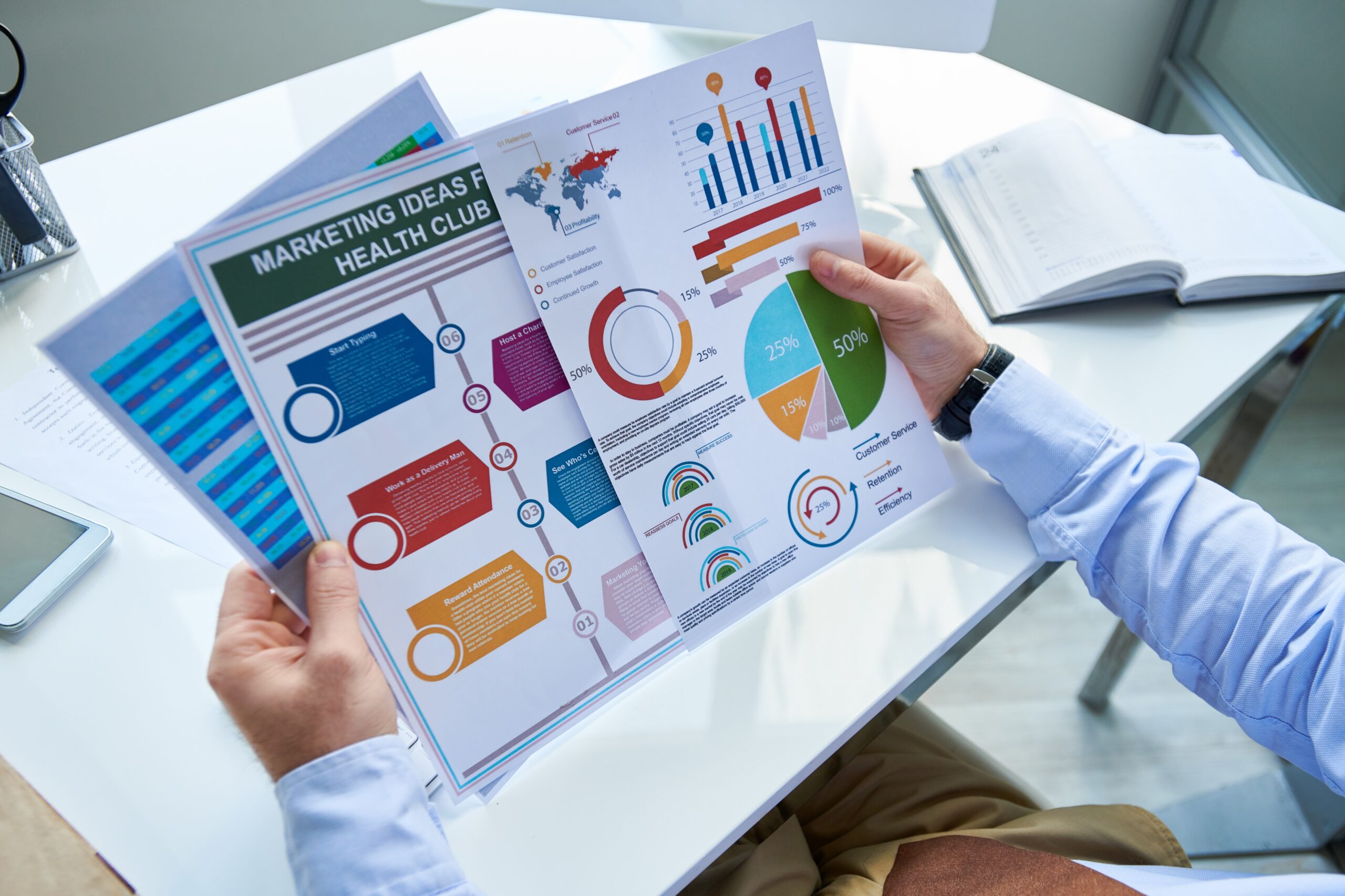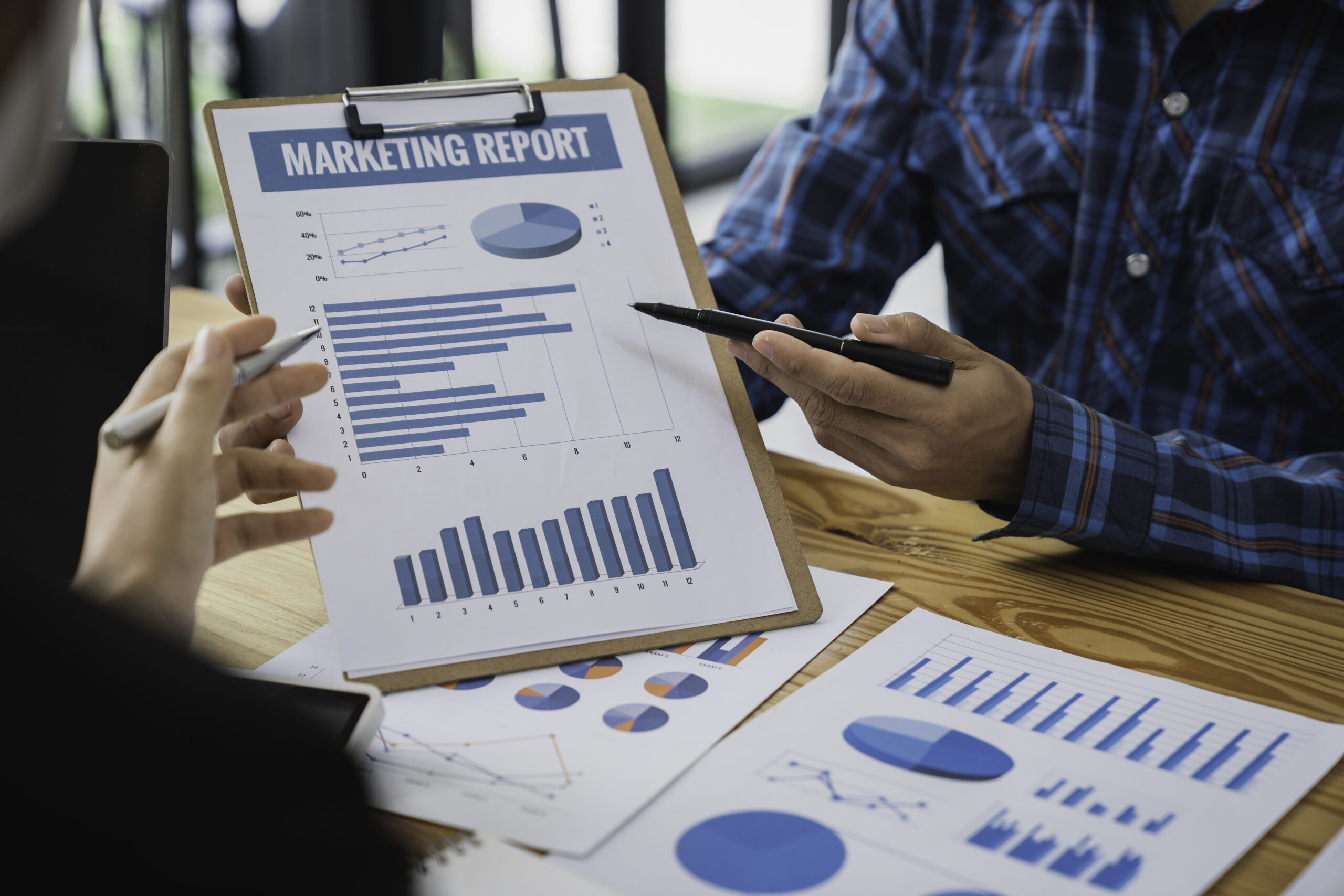I remember sitting with a client after a sales meeting of theirs early in my coaching career, watching the director pace anxiously as she reviewed her quarterly numbers. “We’re generating plenty of leads,” she sighed, “but we’re just not closing enough deals.” She hadn’t learnt that leads are not equal to conversion rate. In the competitive business environment, understanding and optimising conversion rates is fundamental to driving sustainable sales growth and maximising revenue.
Understanding Conversion Rate Fundamentals
Often I find new clients are obsessed with generating as many leads as possible, as quickly as possible. One of my first steps is to always explain that conversion rate, the percentage of potential customers who complete a desired action, matters far more than raw numbers. This isn’t just a sterile number, it’s the story of your sales and marketing effectiveness. When I consulted with a technology firm last autumn, their strong conversion rates revealed their targeting approaches, value proposition, sales process, and pricing strategy were all working harmoniously. Conversely, when I worked with a struggling retail company, their poor conversion rates immediately signalled problems requiring urgent attention.
Establishing Meaningful Sales Targets Through Conversion Analysis

I learned the hard way that sales targets and conversion rates share an intrinsic connection. I saw a client set wildly ambitious targets without considering their actual conversion capabilities. The result? Team burnout and missed goals.
I used to believe in establishing a single conversion rate target across the board. That approach failed spectacularly until we implemented a segmented strategy based on lead origins, product categories, customer segments, and sales team experience levels. After implementing this approach, one client’s conversion rates improved by 17% overall.
Refining Sales Processes for Enhanced Conversion
Last summer, I worked with a company whose sales process was directly sabotaging their conversion outcomes. We redesigned their approach to guide prospects through their buying journey while establishing trust at each stage.
Understanding where conversions flourish requires mapping your sales funnel:
- Awareness: Prospects discover your solution
- Interest: Prospects demonstrate interest
- Evaluation: Prospects actively compare options
- Decision: Prospects determine whether to purchase
- Action: The conversion materialises
I once analysed a technology firm’s funnel and discovered many prospects progressed eagerly from awareness to interest but disappeared during evaluation. Their competitive positioning needed strengthening. Within three months of addressing this issue, their conversion rate jumped by 23%.
The strategies I’ve seen transform conversion rates include:
Lead Qualification: A sales team that implemented the MEDDIC qualification framework watched their focus shift dramatically to prospects with higher conversion potential.
Value Communication: A brilliant but technical sales representative doubled his conversion rate in one quarter after learning to articulate value in customer-centric terms.
Objection Management: A financial services firm developed systematic approaches to addressing common objections, incorporating compelling client success stories into their responses.
Follow-up Cadence: Research shows 80% of sales require at least five follow-ups, yet one client typically abandoned prospects after just two attempts. After establishing an optimal cadence, their previously “lost” leads began converting impressively.
Harmonising Marketing and Sales for Conversion Excellence
I’ve witnessed countless organisations where marketing and sales operated in silos, undermining conversion potential. One healthcare technology company transformed their results by aligning these functions around shared conversion goals.
Quality influences conversion rates far more significantly than volume. The approaches that have worked best in my experience:
- Implementing sophisticated lead scoring based on firmographic and behavioural signals
- Creating detailed Ideal Customer Profiles to focus marketing strategies
- Developing comprehensive buyer personas to understand stakeholder motivations
- Establishing clear SLAs between departments to end the blame game between teams
Strategic content can boost conversion rates dramatically when aligned with the sales process:
Bottom-of-funnel content: Case studies and ROI calculators transformed results for a software client whose prospects were stalling in the evaluation stage.
Personalised content: A manufacturing client’s conversion rate skyrocketed after implementing customised proposals addressing specific prospect pain points.
Social proof: Client testimonials reduced perceived risk dramatically for a consulting firm, reinforcing value propositions at critical decision points.
Measuring and Enhancing Conversion Performance

Sustainable improvement requires systematic measurement and relentless optimisation. The companies I’ve seen achieve the most impressive sales growth monitor these critical metrics:
- Time to conversion: A software company discovered their average duration from first touch to closed deal was 47 days, addressing this gap improved their quarterly results significantly.
- Conversion rate by channel: One client discovered their expensive trade show leads converted at one-third the rate of their modestly funded social media campaigns.
- Cost per conversion: This metric transformed budget allocation for a healthcare client who had been focusing on the wrong marketing strategies.
I’ve become a fierce advocate for systematic A/B testing after seeing the dramatic results it produces. One e-commerce client improved their conversion rate by 34% over six months through this iterative approach, supporting sustainable sales growth through what seemed like minor enhancements.
Modern sales and marketing teams leverage technology to enhance conversion rates:
CRM systems: A manufacturing client began tracking prospect interactions systematically, revealing previously invisible conversion patterns.
Sales enablement tools: Providing representatives with the right content at precisely the right moment transformed results for a financial services client.
Conversation intelligence: A software company analysed sales conversations to identify specific phrases that consistently drove conversions.
The Path Forward
I’ve come to believe that conversion rate optimisation represents an ongoing commitment rather than a one-time project. The most successful companies approach it as a journey of continuous improvement.
I recently visited that anxious sales director I mentioned earlier. Her team has aligned sales targets with conversion realities, refined their sales process, fostered genuine marketing-sales collaboration, and embraced data-driven optimisation. The transformation has been remarkable, not just in metrics but in team morale and customer satisfaction.
Remember that behind every conversion percentage point lies real human decision-making people with needs, concerns, and aspirations. The organisations that balance analytical rigour with genuine customer understanding don’t just improve conversion rates. They create more value for customers, establishing a foundation for long-term sales growth that benefits everyone involved. That’s the true power of mastering conversion rate.
For anything business coaching, growth or indeed mastery, contact us here.





